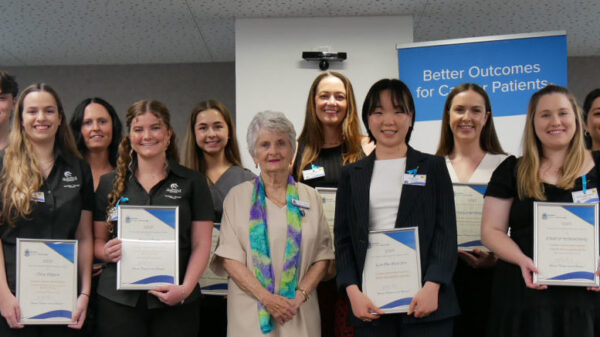The World Health Organization (WHO) has officially recognized World Prematurity Day by introducing a comprehensive global clinical practice guide for Kangaroo Mother Care (KMC). This intervention has been proven to significantly enhance survival rates for preterm and low birth weight infants, addressing a critical public health issue. Each year, approximately 15 million babies are born prematurely, which leads to complications that are the primary cause of death among children under five years of age.
In lower-income countries, many extremely preterm infants face dire outcomes, with most not surviving beyond a few days. In contrast, high-income nations report near-total survival rates for these vulnerable infants. KMC, which involves prolonged skin-to-skin contact between the infant and caregiver and encourages breastfeeding, has demonstrated remarkable effectiveness. According to WHO studies, KMC can reduce newborn deaths by over 30%, hypothermia by nearly 70%, and severe infections by 15%. Additionally, it promotes better weight gain and improves long-term health and cognitive development.
In a statement, Dr. Jeremy Farrar, WHO’s Assistant Director-General for Health Promotion, Disease Prevention, and Care, emphasized the transformative potential of KMC. He stated, “KMC is not just a clinical intervention – it empowers mothers and families and transforms newborn care. It should now be universal clinical practice for all small and preterm babies, ensuring they have the best chance to survive and thrive.”
The newly released guide is tailored for health workers, facility managers, and caregivers, providing detailed, step-by-step instructions on implementing KMC effectively. The guidance emphasizes that all preterm or low birth weight newborns should initiate KMC immediately after birth, unless they require urgent medical treatment. While mothers are encouraged to be the primary providers of KMC, fathers and other family members can also participate, offering vital emotional and practical support.
KMC can be practiced in a variety of healthcare settings, from labor rooms and operating theaters to postnatal wards and intensive care units, and it can continue at home. The guide provides practical advice on securing the baby in the KMC position using simple materials, such as cloth wraps or specially designed garments. Additionally, it outlines how healthcare facilities can create supportive environments for KMC, stressing the importance of family-friendly policies that allow mothers to be in the same room as their infants.
On this inaugural World Prematurity Day, themed “A strong start for a hopeful future,” WHO is calling on governments, health systems, and partners to prioritize quality care for preterm and low birth weight infants. This includes establishing dedicated wards staffed with specially trained neonatal professionals to provide continuous care, as well as ensuring universal access to essential medical equipment and medications, such as antibiotics.
Preterm infants often face numerous health challenges due to their underdeveloped lungs, brains, and immune systems. These conditions heighten the risk of infections, hypothermia, respiratory distress, and other life-threatening complications. Dr. Per Ashorn, WHO’s Unit Head for Newborn and Child Health and Development, underscored the urgency of addressing these issues, stating, “No newborn should die from preventable causes. It’s time to ensure every baby gets the attention they need, by investing in special care for small or sick babies, alongside quality maternity services that can prevent many occurrences of preterm birth.”
The WHO’s new guidelines and the observance of World Prematurity Day aim to raise awareness and mobilize resources for the care of the most vulnerable infants, ensuring that they receive the necessary support to survive and thrive.




























































